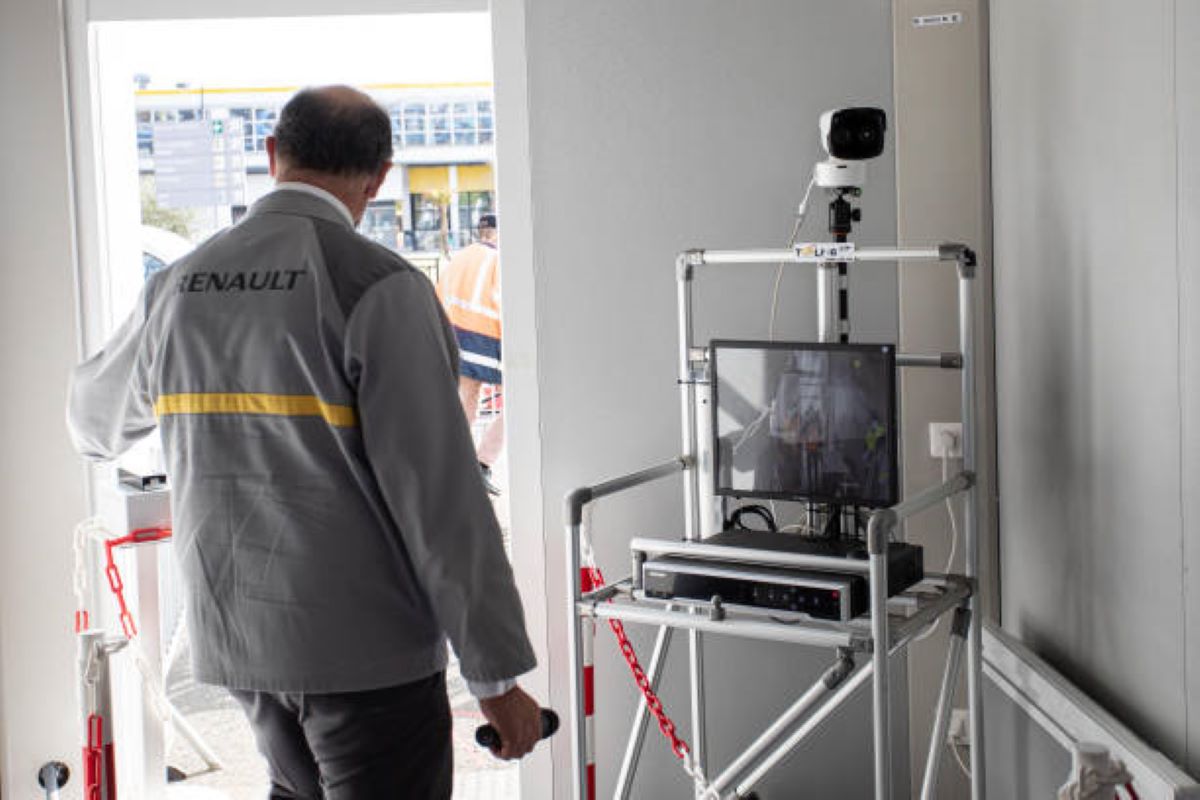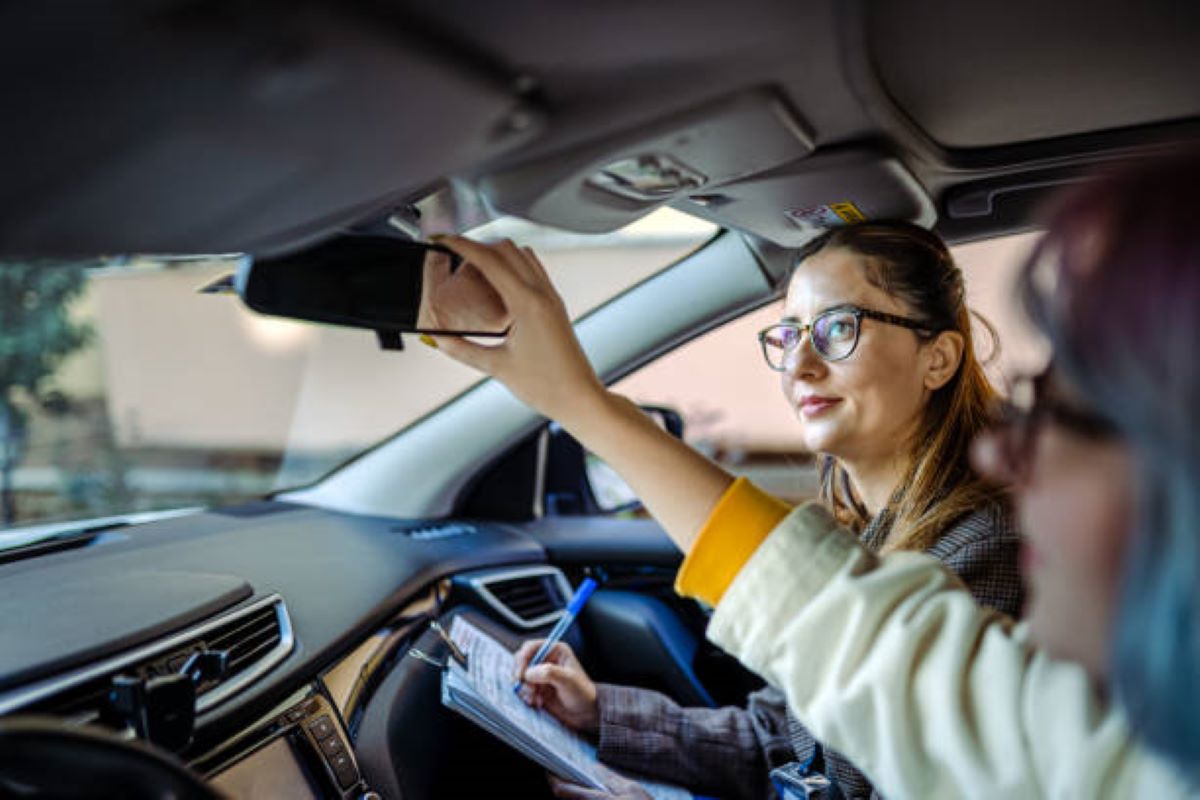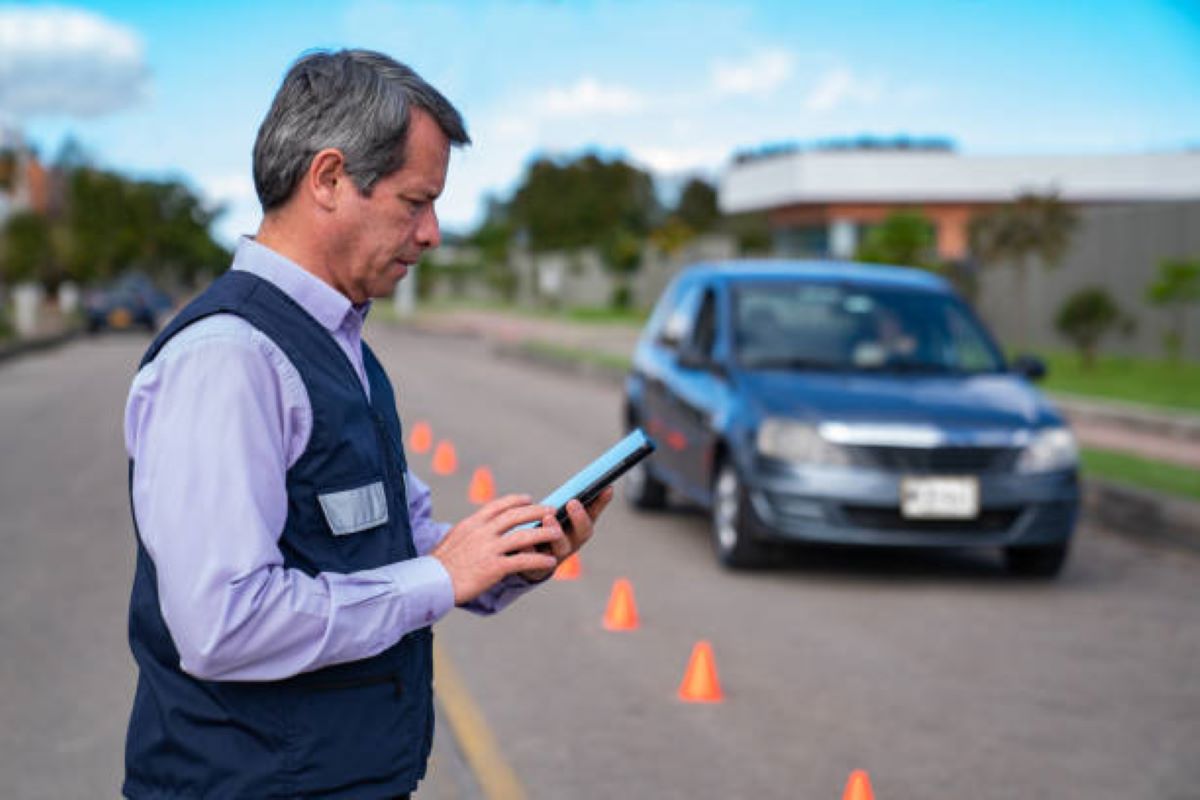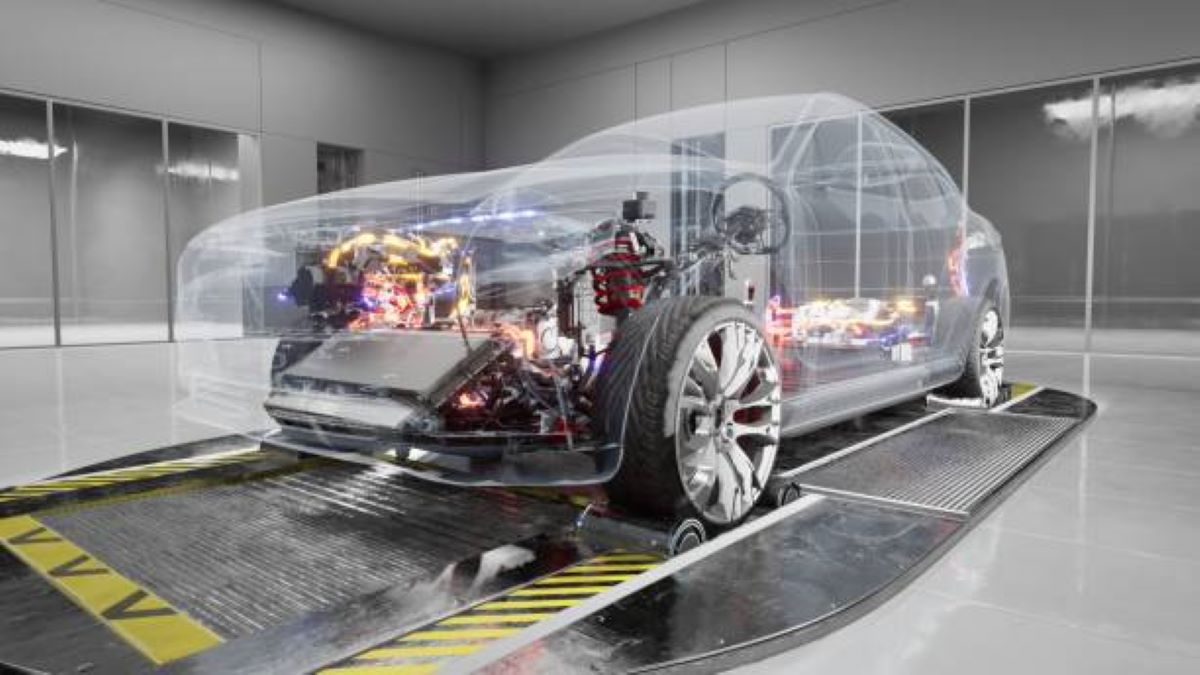Wondering how cars are tested for safety? Ensuring the safety of vehicles is a top priority for the automotive industry. Car manufacturers subject their models to rigorous testing processes to meet and exceed safety standards. In this exploration, we’ll take you behind the scenes to unveil the intricate methods and technologies involved in testing cars for safety.
How Cars are Tested for Safety: Indian Cars and NCAP Safety Testing
Most of you have been wondering how cars are tested for safety. Recently, there has been an increased focus on the safety features of cars produced in India. In recent years, dismal NCAP test results for many popular car models in the Indian car market have led car manufacturers across India to come up with improved safety features for their models.
Related: Car Insurance for First-Time Buyers Explained
This explains the presence of passenger airbags, perimeter warning devices, ABS, dead pedals, and electric windows in the latest car models. Also, it explains in brief how cars are tested for safety.
How Cars are tested for Safety: NCAP Safety Testing
Global NCAP is a UK-registered company that promotes public health and safety and focuses on vehicle safety. The organization performs vehicle tests based on certain parameters set by the company. This allows them to determine the safety index of all cars on the market. The most popular tests carried out by NCAP are crash tests.
These tests evaluate the structural stability of a car and determine the impact force that the driver will experience in the event of a crash. The most notable feature of this program is its comprehensive crash tests that simulate real-world scenarios. As part of the program, cars from all over the world are tested at facilities in Germany.
How cars are tested for safety: NCAP test overview

Cars selected for NCAP testing are typically base versions of models offered on the market today by car manufacturers. 40% of cars experience frontal crashes at high speeds when going through the process of how are cars tested for safety. NCAP produces results based on the comprehensive tests performed. The organization provides comments on the vehicle’s structural stability and occupant protection ratings for adults and children.
Areas that are highly affected during a frontal crash are also highlighted. The overall safety of a car is represented by the star rating that the organization assigns to the model.
How Cars are Tested for Safety: Safety Features in Made in India Cars
Thousands of lives are lost in accidents on Indian roads every year, and one of the reasons is undoubtedly the level of safety features available in Made in India cars. In the Indian automotive market, customer demand is typically centred on accessible and affordable mobility options. Hence, focusing on basic safety features like airbags and structural stability takes a back seat.
However, media attention on recent NCAP test results and poor performance of Indian cars in the tests in recent years has prompted automakers to develop several safety features as mentioned above.
How Cars are Tested for Safety: Bharat New Vehicle Safety Assessment Program (BNVSAP)
The Government of India has taken a step in the right direction with its proposal to apply stringent crash test norms to domestically produced cars. The Bharat New Vehicle Safety Assessment Program (BNVSAP) is an Indian auto safety program that will assign star ratings to cars based on the safety tests performed. The program is expected to be implemented in a phased manner.
The plan calls for the creation of laboratories and other supporting facilities for safety testing. The program is led by the Ministry of Heavy Industries and the Ministry of Road Transport and Highways (MoRTH). Cars sold in India must meet star ratings resulting from crash tests. The program aims to make safety features like airbags, seat belt reminders, ABS, etc. standard across all vehicle types in the country.
Stringent norms are being gradually introduced for child and pedestrian protection devices and body integrity in automobiles. The tests proposed under BNVSAP are:
- Side impact test
- Frontal impact test at 64 kmph
- Pedestrian protection test
- Rear impact test
Prices of cars in India are likely to rise if automakers comply with these test norms. This is because features like ABS, airbags, seatbelt tensioners etc. are now part of the basic equipment and not an add-on. With the implementation of BNVSAP regulations, Indian roads are likely to become safer for drivers and commuters alike.
Related: What is An Engine? – Different Types of Engines
How do engineers test vehicle safety FEA?

How do engineers test vehicle safety FEA? FEA helps engineers improve vehicle crash safety by testing different design options and comparing their performance. For example, engineers can use FEA to optimize the shape and thickness of the vehicle body, the location and strength of crumple zones, the stiffness and damping of suspensions, and the effectiveness of airbags and seat belts.
FEA also helps engineers identify potential weak points or failure modes in vehicle structures and modify them accordingly. Using FEA, engineers can design vehicles that can better withstand and distribute impact energy and protect occupants from excessive acceleration, deceleration, and intrusion.
Vehicle safety systems testing: How is Cars Tested for Safety?
How are cars tested for safety in 2024? Let’s understand the vehicle safety systems testing procedure. As a leading industry partner, CarYanams has the facilities and expertise to test the functionality and effectiveness of vehicle ODS at the component and whole system levels.
We employ a variety of testing methods and protocols to meet your needs, using anthropomorphic mannequins, live occupant testing, child seats and other testing techniques. The CarYanams Advantage With our extensive technical experience and a full suite of impact, fatigue, environmental and safety tests, we continue to prove why we are a trusted testing partner in the transportation sector.
We offer access to experts in a variety of specialized testing areas, including flammability testing, data collection and analysis, electronics, weather ability and materials testing. Our capabilities make us a full-service provider of testing services. Contact us today to learn more about vehicle safety systems testing and other vehicle testing options.
Computer Simulations
The safety testing journey begins with advanced computer simulations. Engineers use sophisticated software to model various crash scenarios and assess how a vehicle’s structure would respond. These simulations allow for the optimization of safety features and help identify potential weaknesses in the design before any physical testing takes place.
Crash Test Dummies
The iconic crash test dummies play a crucial role in evaluating the impact of collisions. These anthropomorphic devices are equipped with sensors to measure the forces experienced by different body parts during a crash. Engineers carefully analyze the data collected to assess potential injuries and refine safety systems like airbags and seat belts.
Frontal Impact Testing
One of the most common types of crash tests is the frontal impact test. During this test, a vehicle is propelled into a rigid barrier at a specific speed. This simulates a head-on collision. Engineers examine how the vehicle’s structure absorbs and dissipates the impact energy, evaluating the effectiveness of crumple zones and other safety features.
Side Impact Testing
Side impact tests assess a vehicle’s ability to protect occupants in the event of a collision from the side. Test conditions may involve a moving barrier or a stationary barrier impacting the vehicle’s side. The goal is to evaluate the effectiveness of side-impact airbags, reinforced door structures, and other safety measures.
Rollover Testing
Rollover tests evaluate a vehicle’s stability and occupant protection in the event of a rollover. This can involve dynamic maneuvers or controlled tipping to assess the strength of the roof structure, the effectiveness of side curtains, and the overall integrity of the vehicle during a rollover scenario.
Pedestrian Impact Testing
Modern safety standards extend beyond protecting vehicle occupants to safeguarding pedestrians. Pedestrian impact testing involves simulating collisions with various pedestrian dummies to assess the risk of injuries caused by vehicle impacts. This has led to innovations in front-end designs to reduce pedestrian injury severity.
Electronic Stability Control (ESC) Testing

ESC systems help prevent skidding and loss of control during sudden maneuvers. Cars undergo testing to ensure ESC systems are effective in maintaining vehicle stability. This involves simulating situations where a driver might lose control, such as on slippery surfaces or during abrupt turns.
Post-Collision Analysis
After physical crash tests, engineers conduct post-collision analyses. This includes assessing the damage to the vehicle, evaluating the effectiveness of safety systems, and identifying areas for improvement. The data gathered from these analyses contribute to ongoing safety research and development.
Continuous Improvement
Car manufacturers use the insights gained from testing to continually enhance safety features. This may involve refining structural designs, upgrading airbag systems, or integrating new technologies such as collision avoidance systems and lane departure warnings to further reduce the risk of accidents.
Conclusion: How Cars are Tested for Safety
We hope you now know how cars are tested for safety. The behind-the-scenes testing processes reveal the commitment of car manufacturers to prioritize safety. From cutting-edge computer simulations to meticulous crash tests, the goal is to ensure that vehicles not only meet but exceed safety standards. As technology advances, the automotive industry remains dedicated to driving safety forward, providing consumers with vehicles designed to protect lives on the road.
Read Also:

